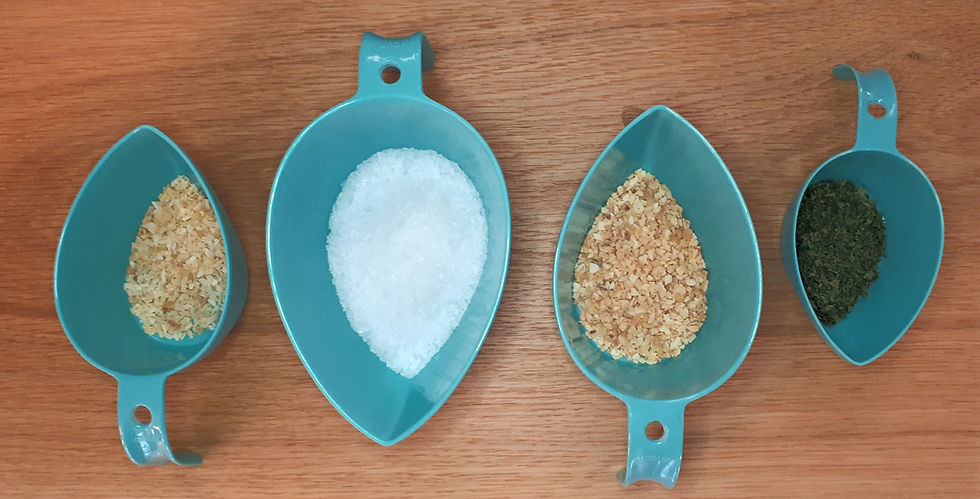Structural Editing vs. Copy Editing
- Adrienne

- Jul 26, 2023
- 3 min read
What type of editing is right for your project?

Recipes have a particular style of writing and formatting and it’s important to understand the conventions, even if you plan to develop your own unique style. A well-written recipe has a great deal of information in it that allows a reader to successfully make the dish as you intended. If details are missing or presented in a confusing way, there’s a chance it will be the last recipe of yours they will read.
That’s where a specialist comes in.
With their trained eyes, an editor can spot errors and omissions that may cause mistakes or even cause a disaster in the kitchen. Mistyping baking soda instead of baking powder will change the taste of any recipe. I can tell you from my own, soapy scone error. But if your chicken dish calls for a certain bake time with only a visual cue as to when it’s finished, your reader could end up with some dangerously undercooked meat.
Editors are concerned with both the content and the conveyance of your information. Are you sharing something that makes sense on its own and does it make sense in the order in which you’ve written it? Sure, there are some decisions that are more stylistic than hard and fast rules, but the explosion of cookbooks and food writing in the last few decades means that readers today have certain expectations of what information will be provided and how. An editor focused on food will be on top of those for you.
Structural Editing
As this type of editing can require major changes to your manuscript, it should be completed while your writing is still in draft mode. As its name suggests, structural editing looks at the overall content and how it is structured or ordered. For example, an editor may suggest that the recipes in a cookbook are re-ordered to provide the reader with a better experience as they read the book. Or they may propose a new section that speaks to the writer’s philosophy towards cooking or their motivation behind writing the cookbook. Structural editing seeks to improve the framework for the author so that they can best present their narrative, be it in the form of a cookbook, a think piece on a local restaurant, or a book about kitchen gardens in suburban backyards.
Copy Editing
A copy editor gets into the nitty-gritty of the writing, looking for spelling errors, grammatical mistakes, and deviations from the established style guide for the work. They look at the sentences line by line, marking small changes as needed and suggesting larger changes that could improve the writing. Recipes are often restricted by the space available on the page (or screen) and editors will make note of areas where instructions can be tightened up, gaining space without losing meaning. Copy editing is the most common type of editing and is ideal for those who have finalized the content and need only to polish it up before submitting it to a publisher or preparing for self-publishing.
How to Choose
The type and amount of editing needed will vary by project and by author. A single blog post (with or without a recipe) will likely need only a copy edit before being published. A full book, a collection of recipes, or a long-form article may require both. If your project contains multiple sections or chapters, it's best to consider structural editing before investing in any copy editing. It would be a waste of your time and money to edit sections that may be rewritten or removed. And while a traditional publisher will certainly be doing their own round of editing, if your submission is in rough shape, a publisher may not consider it worth their investment at all.
Whether you’re ready to get started or just want to know what kind of editing is right for your project, let’s talk!



